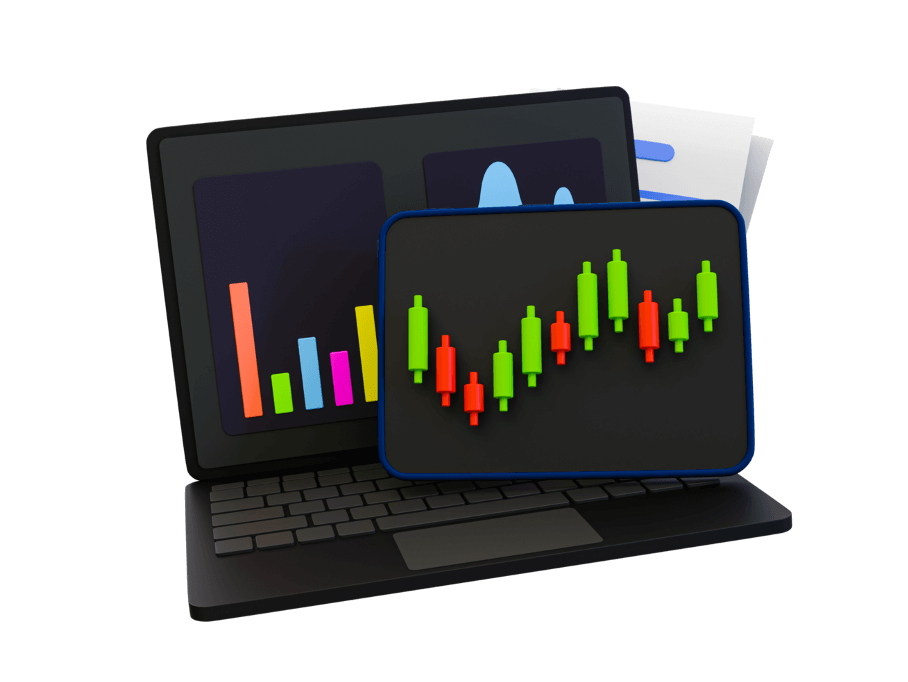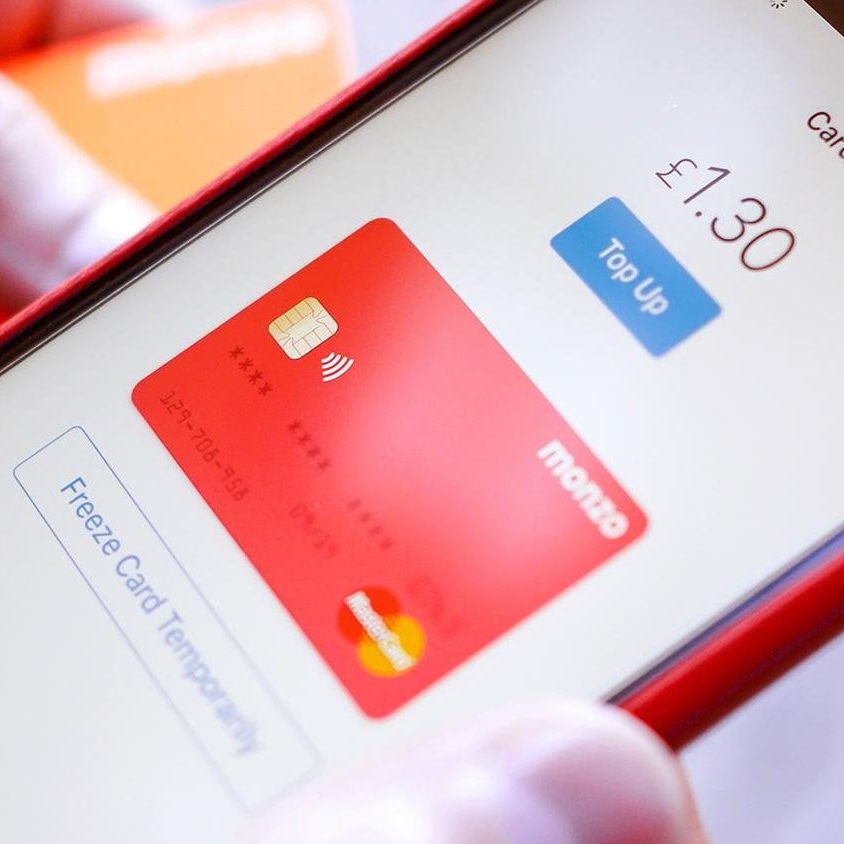
Investments are a wise way to utilise extra cash and set yourself up for a prosperous future. Contracts for Difference (CFDs) and Exchange-Traded Funds (ETFs) are popular solutions for seasoned traders and novices wanting to diversify their financial portfolios.

However, like all investment vehicles, ETFs and CFDs come with risks. The key to minimising these risks is understanding how to navigate deposits and withdrawals to protect your finances and reduce losses.
In this guide, we’ll explore CFD and ETF deposits and withdrawals in more detail, including the steps you should take, the best payment options for making transactions and important factors to consider.
What are the main differences between CFD and ETF investments?
Both ETFs and CFDs have distinct advantages, but the option you choose depends on your experience, investment goals, and desired degree of security.
CFD investments:
- CFDs are contracts between brokers and traders, where the trader speculates on price movements of a commodity, currency, stock or other asset.
- They don’t enable the trader to own the asset, as you only speculate on price movements.
- Traders can control prominent positions with smaller capital, potentially resulting in more leverage.
- CFDs typically have larger fees, including overnight financing and spreads.
- Hold more risks for traders as they often don’t have strict regulations in place.
- Make it easier to profit from changing markets, but inexperienced traders can lose a lot of money.
ETFs investments:
- ETFs are traditional investment funds – or baskets of assets – on stock exchanges.
- Enable you to own a portion of funds based on your investment and trades.
- They come with fewer risks, as profit and losses are closely linked to asset performance. However, this also means you have less leverage.
- ETFs are usually long-term investments that require minimal intervention, making them ideal for novice investors.
- They come with fees, including broker charges and portfolio management, but they’re usually less expensive than CFD fees.
- Most ETFs are regulated, but it’s important to check whether a specific ETF has strict regulations in place.
Depositing funds
The method for depositing funds into ETF and CFD accounts depends on the platform you’re using. Most reputable trading websites have clear instructions and learning portals that walk you through the process, but here’s some general guidance.
Understand your chosen platform
Trading platforms usually list their minimum deposit, which depends on the platform’s size and whether it accommodates novice or experienced traders. Understanding the minimum deposit amount will help you decide whether the platform suits your needs.
It will also tell you how to deposit funds and should have controls that allow you to limit your deposits.
Choose a deposit method
Brokers offer a range of deposit methods—each with benefits. The one you choose should promote safety while also providing efficient processing times. Here are the most popular options for funding your investments:
Bank accounts
Debit cards might be convenient, but they can also pose threats to your personal information. While debit card fraud in Europe is declining, it’s still a popular way for hackers to access your account details (Checkout).
Digital wallets
Digital wallets are secure solutions for making transactions and managing your money. However, they’re not immune to security breaches, and the wallets can be tricky if you’d prefer to make speedy deposits and withdrawals.
Virtual cards
If you want maximum security without compromising your personal information, a virtual card is an excellent option for online trades. These cards don’t link to a bank account; you preload them with money, meaning nobody can access your bank account information.
Withdrawing funds
Withdrawing funds from your ETF and CFD accounts is relatively simple, but you should check with the platform before doing so. Some will have minimum withdrawal amounts, which might restrict your investments.
Follow your chosen platform’s instructions
Each platform will provide instructions on when you can withdraw money and how to do so. Remember, some trading platforms are stricter than others, which means you might have to pay a fee to access your funds.
Some platforms will also have security measures in place, which means you might need to wait a few days before the funds go into your account.
Things to consider with CFD and ETF investments
When executed correctly, CFD and ETF investments can improve your financial future. However, as with all investments, there are inherent risks associated with trading platforms, and understanding them can keep you safe.
Here are some important factors to consider when dealing with ETF and CFD investments:
Know your limits
It’s easy to get carried away when investing, but seasoned traders know that highs can quickly turn into lows. Monitoring your deposits and setting clear limits can keep your money safe.
Using a prepaid virtual card for CFD and ETF deposits means you can only spend what’s on the card, which sets clear spending boundaries.
Know when to withdraw
All investment positions depend on market conditions, and withdrawing your funds at the wrong time can impact your current position. Try to limit withdrawals to when you’ll secure the best results and protect your hard work.
Stay updated with market conditions
Understanding the latest trends and monitoring economic situations is integral to protecting your investments and ensuring you change your position as and when needed.
If you plan on managing your own investments, reading industry magazines and monitoring your stocks is key to keeping your money safe.
Checking for changing markets can diversify your portfolio, as you’ll know where to invest and capitalise on new trends.
The bottom line
CFD and ETF investments are complex, but knowing how to execute them can result in significant financial gains. If you’re new to trading, using a platform that offers tutorials or working with a professional broker for optimal results is a good idea.
Whatever you choose, staying safe online is key to your overall success. A Getsby Virtual Card is a secure way to make transactions and prevent cybercriminals from accessing your personal information.
With the choice of a single-load Virtual Black Card or reusable Virtual Green Card, applying and activating your card takes just a couple of minutes. Please feel free to contact us if you have any questions.
Order your Virtual Cards online
Apply for a digital prepaid card online and receive the activation code via email within 2 minutes.



